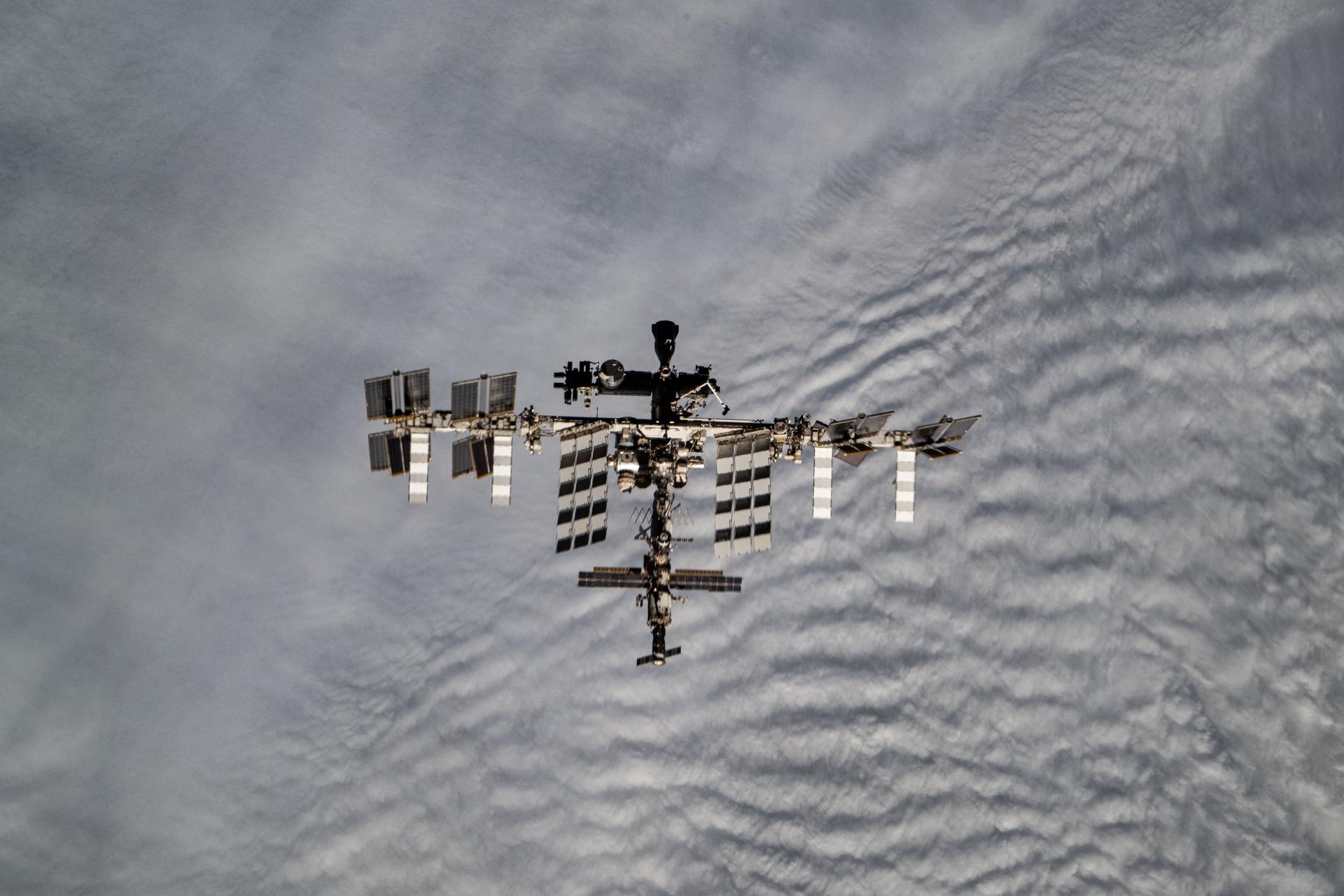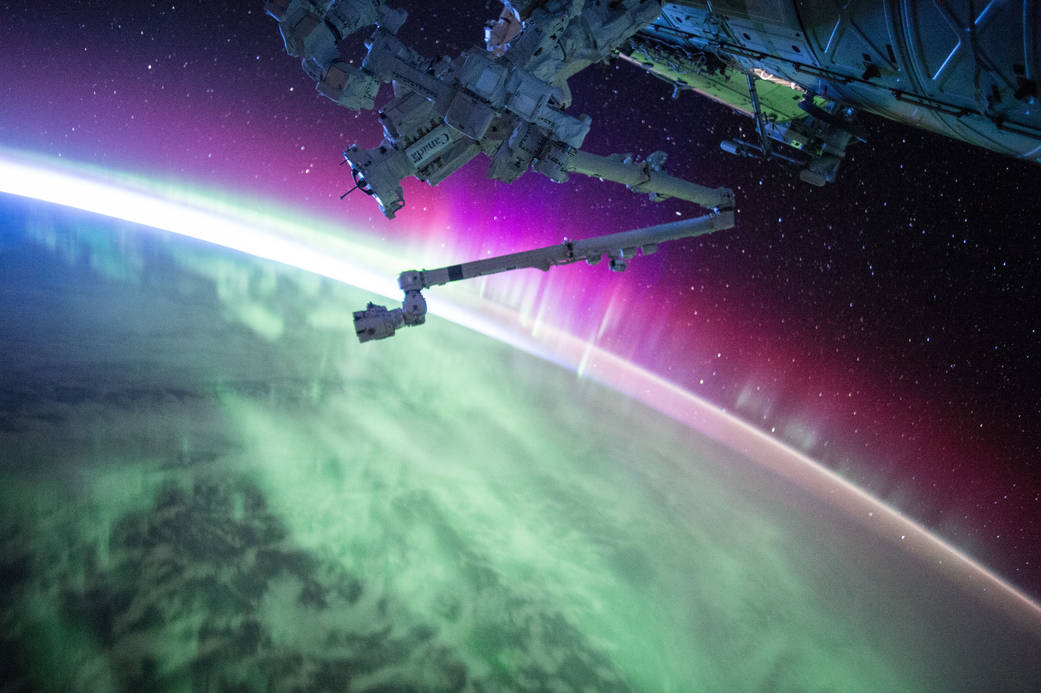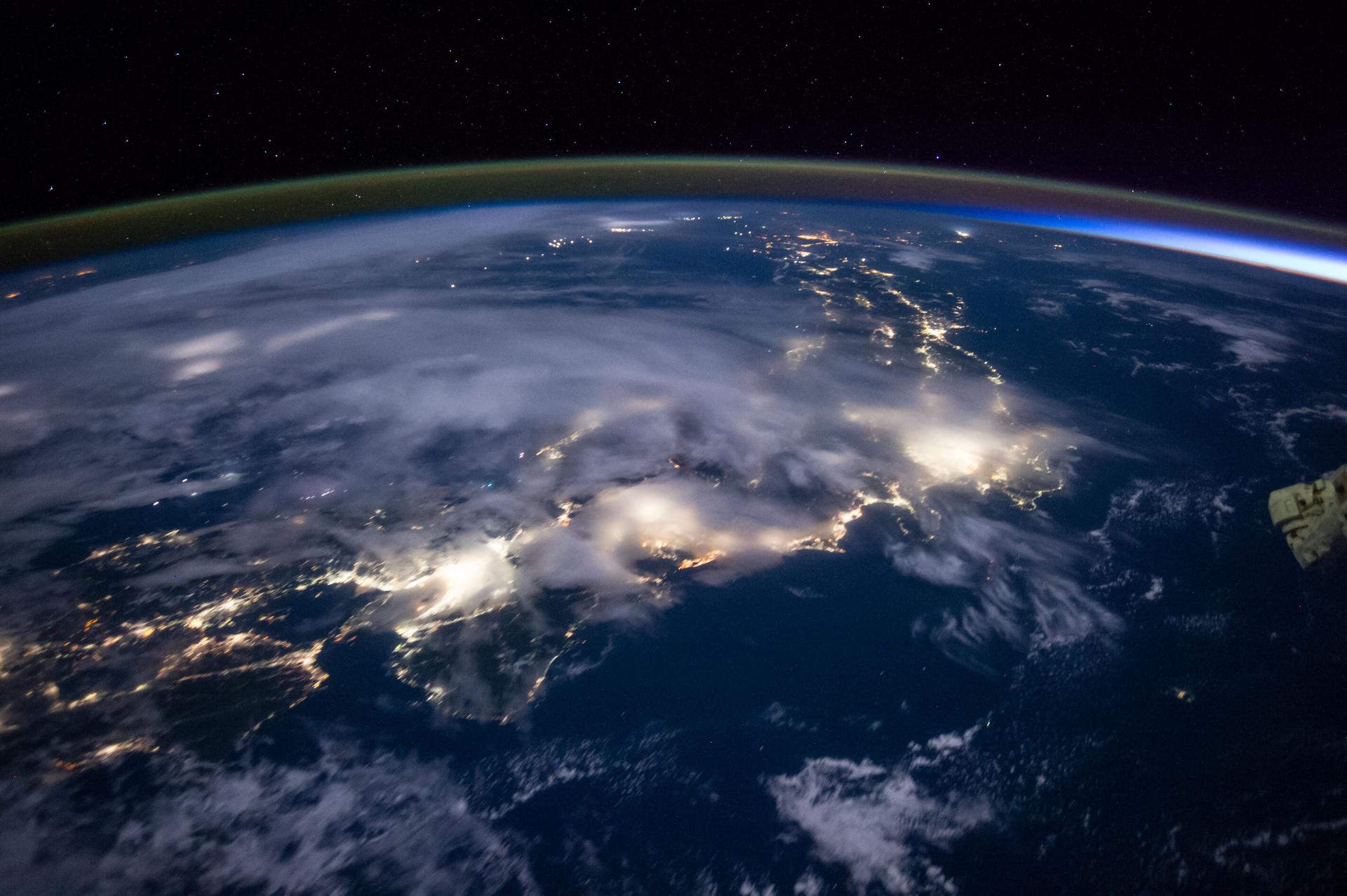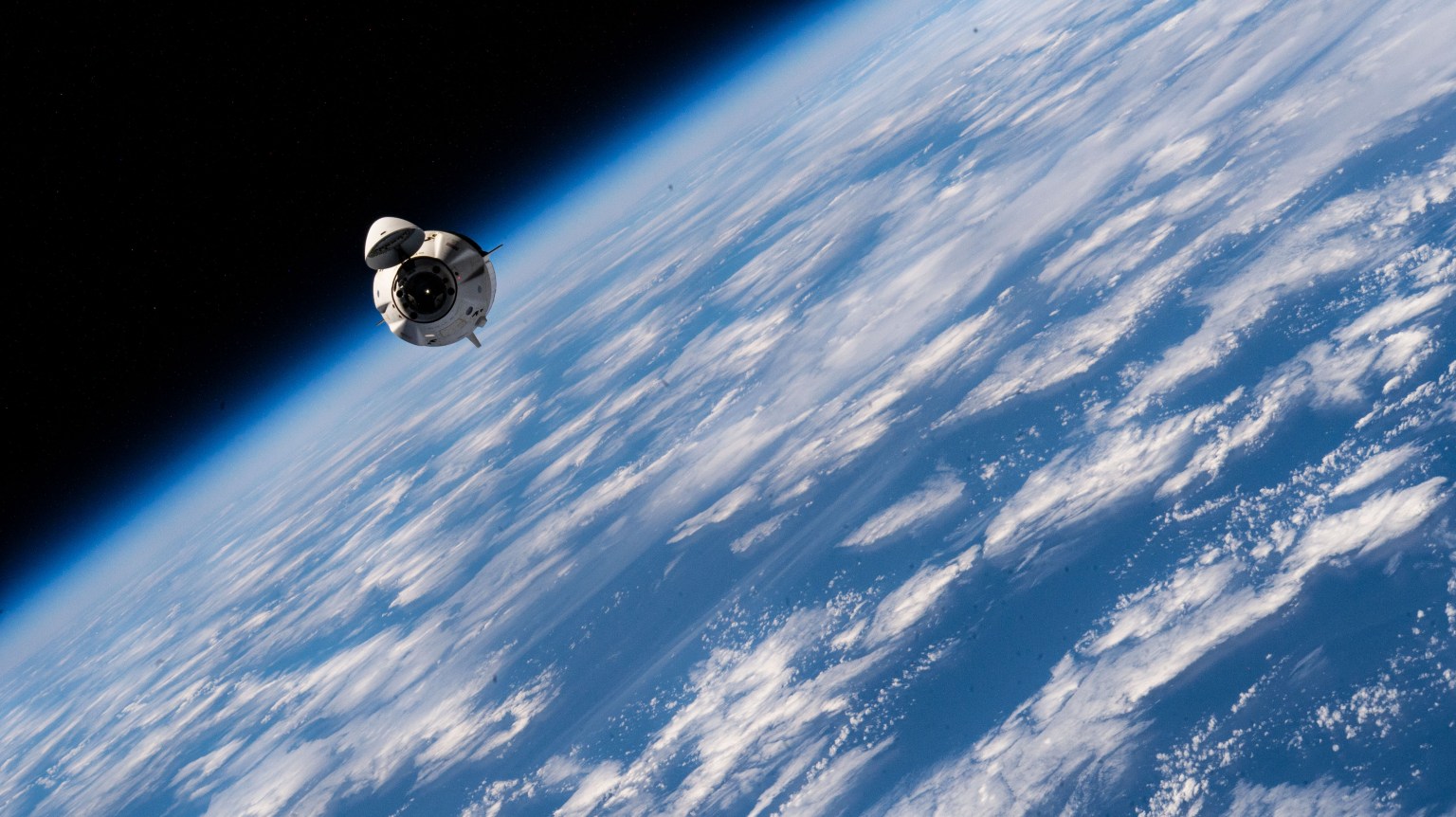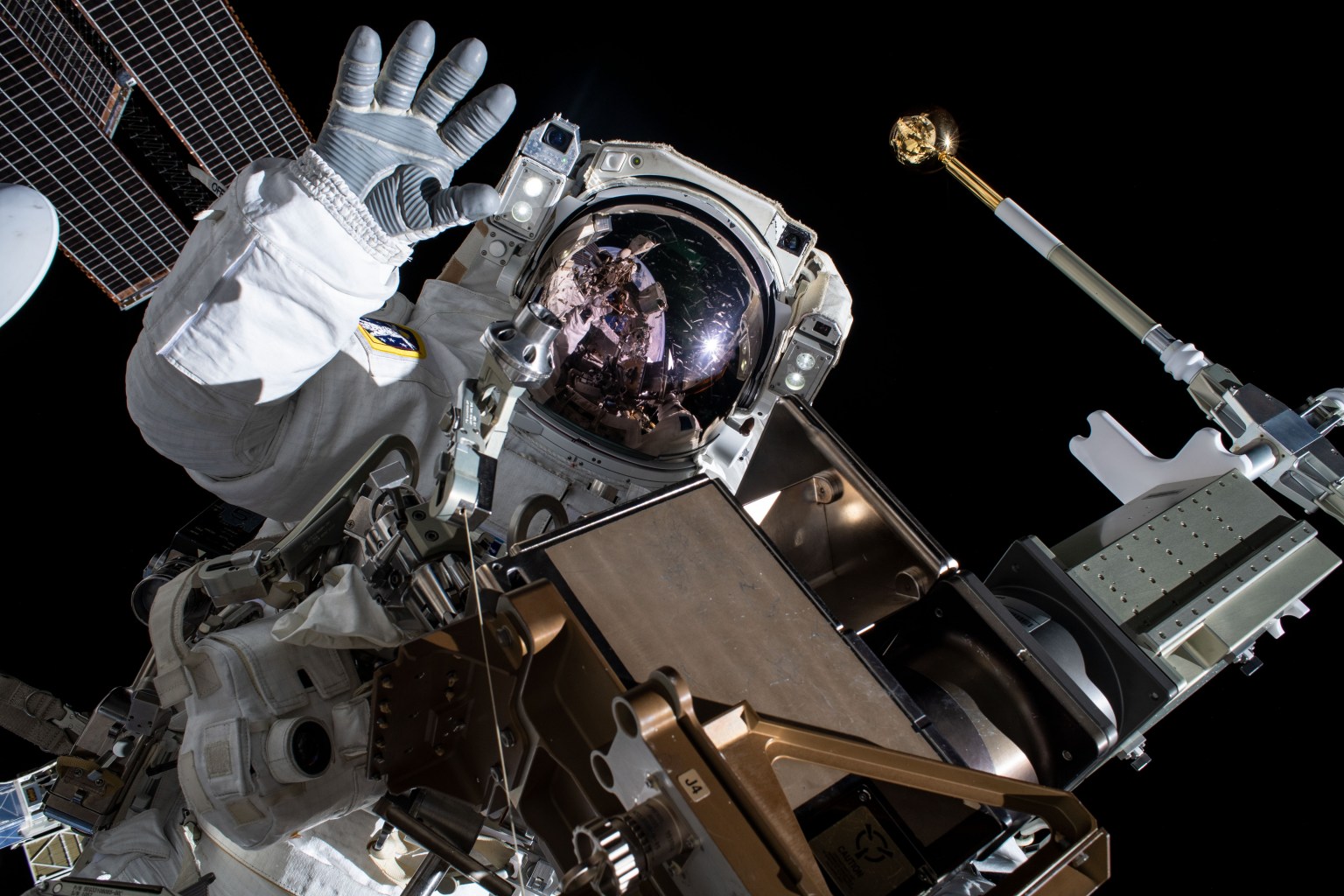3 min read
Preparations for Next Moonwalk Simulations Underway (and Underwater)
NASA is seeking proposals for two new private astronaut missions to the International Space Station, targeted for 2026 and 2027, as the agency continues its commitment to expanding access to space. These private missions enable American commercial companies to further develop capabilities and support a continuous human presence in low Earth orbit.
“We are in an incredible time for human spaceflight, with more opportunities to access space and grow a thriving commercial economy in low Earth orbit,” said Dana Weigel, program manager for the International Space Station at NASA’s Johnson Space Center in Houston. “NASA remains committed to supporting this expansion by leveraging our decades of expertise to help industry gain the experience needed to train and manage crews, conduct research, and develop future destinations. Private astronaut missions are a key part of this effort, providing companies with hands-on opportunities to refine their capabilities and build partnerships that will shape the future of low Earth orbit.”
The new flight opportunities will be the fifth and sixth private astronaut missions to the orbiting laboratory coordinated by NASA. The first three missions were accomplished by Axiom Space in April 2022, May 2023, and January 2024, with a fourth scheduled for no earlier than May 2025.
Each of the new missions may be docked to the space station for up to 14 days. Specific dates depend on spacecraft traffic at the space station and in-orbit activity planning and constraints. Private astronaut missions must be brokered by a U.S. entity and use U.S. transportation spacecraft that meet NASA’s International Space Station visiting vehicle requirements, policies, and procedures. For additional details, refer to Focus Area 4A of NASA Research Announcement (NRA) NNJ13ZBG001N.
Proposals are due by 5 p.m. EDT on Friday, May 30, 2025.
For solicitation information, visit:
https://www.nasa.gov/johnson/jsc-procurement/pam
For more than two decades, people have lived and worked continuously aboard the International Space Station, advancing scientific knowledge and demonstrating new technologies, making research breakthroughs not possible on Earth. The station is a critical testbed for NASA to understand and overcome the challenges of long-duration spaceflight and to expand commercial opportunities in low Earth orbit. As commercial companies focus on providing human space transportation services and destinations as part of a robust low Earth orbit economy, NASA’s Artemis campaign is underway at the Moon, where the agency is preparing for future human exploration of Mars.
Learn more about the International Space Station at:
